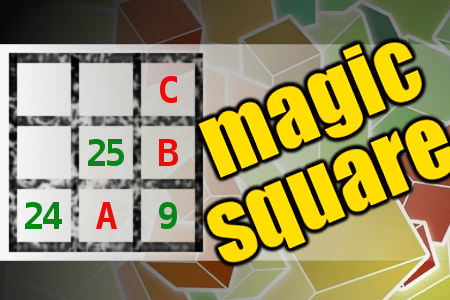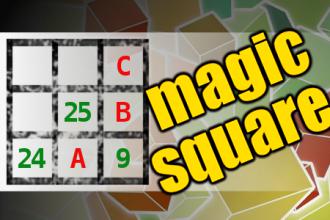MAGIC SQUARE: Calculate A+B-C
The aim is to place the some numbers from the list (8, 9, 14, 24, 25, 30, 45, 46, 51, 89) into the empty squares and squares marked with A, B an C. Sum of each row and column should be equal. All the numbers of the magic square must be different. Find values for A, B, and C. Solution is A+B-C.Correct answers: 10
The first user who solved this task is Nasrin 24 T.
#brainteasers #math #magicsquare

A redneck goes to a drug store...
A redneck goes to a drug store and says to the pharmacist, "I got a hot date tonight, and I need me some protection. How much is a pack of them rubbers gonna cost me?"
The pharmacist responds, "A three-pack of condoms is $4.99 with tax."
"Tacks!" the shocked redneck says. "Don't they stay on by themselves?"
The pharmacist responds, "A three-pack of condoms is $4.99 with tax."
"Tacks!" the shocked redneck says. "Don't they stay on by themselves?"

